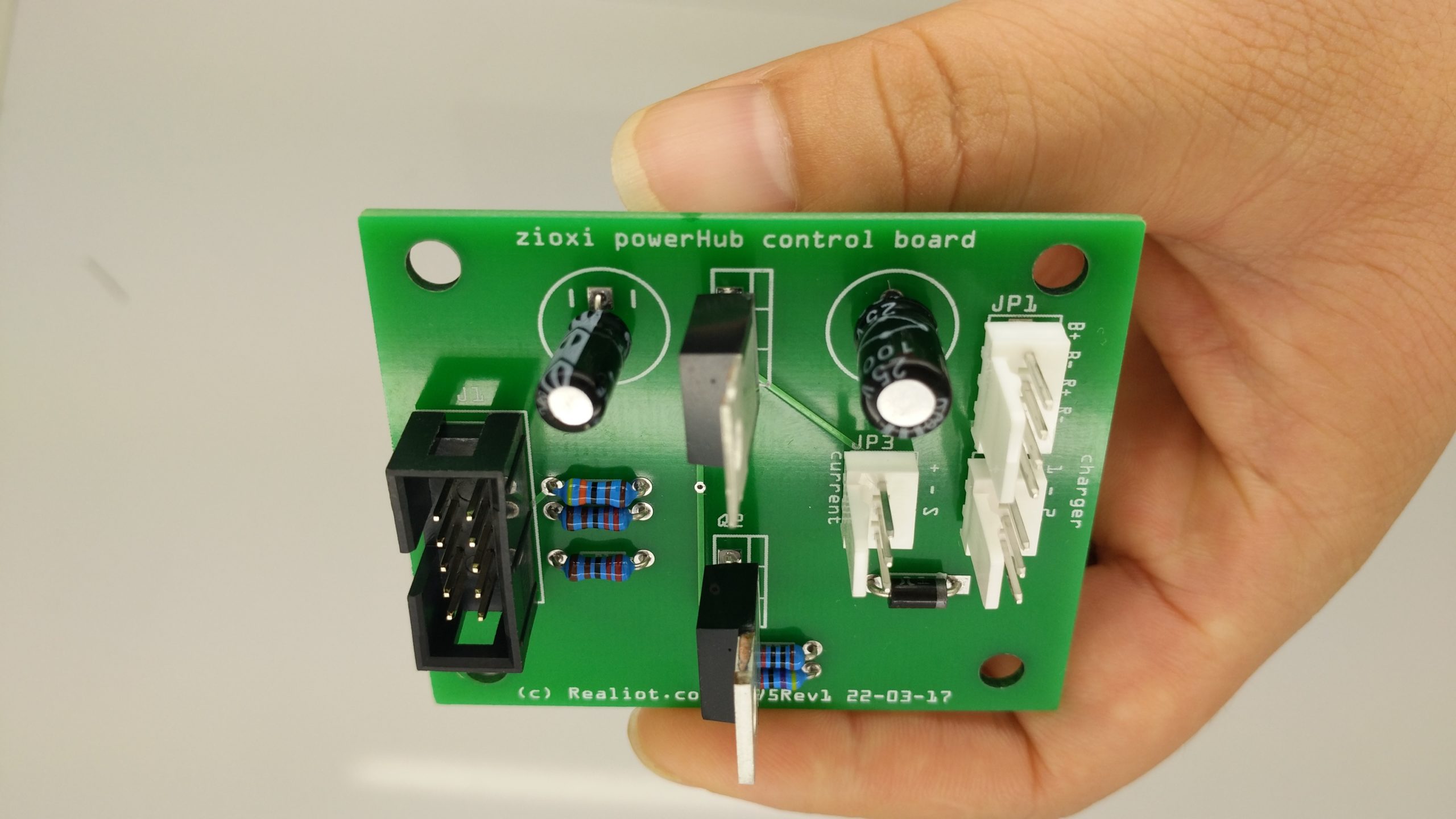What is PCB used for?

Printed Circuit Boards (PCBs) are the unsung heroes of the modern technological era. These seemingly unassuming boards play a pivotal role in a wide array of electronic devices, powering everything from your smartphone to spacecraft. Their influence stretches across industries and applications, forming the backbone of innovation and connectivity in our increasingly digital and interconnected world.
In this article, we will delve into the fascinating world of PCB applications, exploring the myriad ways in which these essential components shape our daily lives.
Beyond their role in various applications, it’s essential to understand the intricate process behind PCB assembly. PCB manufacturing involves a meticulously coordinated series of steps, from circuit design and material selection to component placement and soldering. Advanced machinery and skilled technicians collaborate to ensure the precise placement of miniature electronic components onto the PCB surface, followed by the critical soldering process that establishes electrical connections. This precise and efficient assembly process contributes significantly to the reliability and functionality of PCBs, underscoring their indispensable nature in our technologically-driven world.
Consumer Electronics:
At the heart of nearly every consumer electronic device lies a PCB. Smartphones, laptops, televisions, and gaming consoles all rely on PCBs to connect and power their various components. Miniaturized and densely packed PCBs enable sleek and compact designs, contributing to the portability and efficiency of these devices.
Automotive Industry:
The automotive industry has embraced PCB technology to enhance vehicle safety, performance, and comfort. PCBs control engine systems, monitor sensors, manage infotainment systems, and aid in advanced driver-assistance systems (ADAS). They also enable the sleek, touchscreen interfaces found in modern cars, making driving safer and more convenient.
Medical Devices:
PCBs are indispensable in the realm of healthcare. Medical devices such as MRI machines, pacemakers, and diagnostic equipment rely on PCBs for precise data processing and signal transmission. The miniaturization of PCBs has revolutionized wearable health technology, enabling devices that monitor vital signs and assist with medical diagnostics.
Aerospace and Defense:
In aerospace and defense applications, where reliability is paramount, PCBs are engineered to withstand extreme conditions. They control navigation systems, communication equipment, and flight control systems in aircraft and spacecraft. PCBs in defense technology facilitate secure communication, encryption, and surveillance.
Industrial Automation:
In manufacturing and industrial settings, PCBs play a central role in automation and control systems. They govern robotics, monitor sensors, and optimize production processes. PCBs contribute to increased efficiency, reduced downtime, and improved quality control in industries ranging from automotive manufacturing to food processing.
Renewable Energy:
The green energy revolution relies on PCBs for the control and optimization of renewable energy sources such as solar panels and wind turbines. PCBs manage power conversion, monitor environmental conditions, and ensure the efficient distribution of energy to the grid.
Telecommunications:
The global telecommunications network hinges on PCBs that power cell towers, routers, and networking equipment. These boards are designed to transmit data efficiently and reliably, ensuring seamless communication across vast distances.
Consumer Appliances:
Household appliances like refrigerators, washing machines, and microwave ovens incorporate PCBs for automation, temperature control, and user interfaces. These boards enhance the functionality and energy efficiency of everyday appliances.
Environmental Monitoring:
PCBs have found vital applications in environmental monitoring systems. These systems track air quality, water quality, and weather conditions. PCBs process data from various sensors and instruments, aiding in climate research, pollution control, and disaster management. They play a critical role in maintaining the health of our planet.
Scientific Research and Laboratory Equipment:
In the realm of scientific research, PCBs are instrumental in laboratory equipment. From analytical instruments like mass spectrometers to DNA sequencers, PCBs facilitate the precise measurement and analysis of data. Researchers depend on these boards for accurate results in fields as diverse as chemistry, biology, and physics.
The ubiquity of PCBs in our lives is a testament to their versatility and importance. From our pocket-sized smartphones to the advanced technology that propels space exploration, PCBs quietly enable the functionality of countless electronic devices. As technology continues to advance, PCBs will remain at the forefront, driving innovation and connecting our increasingly interconnected world. Their significance extends far beyond their compact form, making them essential components in the intricate tapestry of modern life.